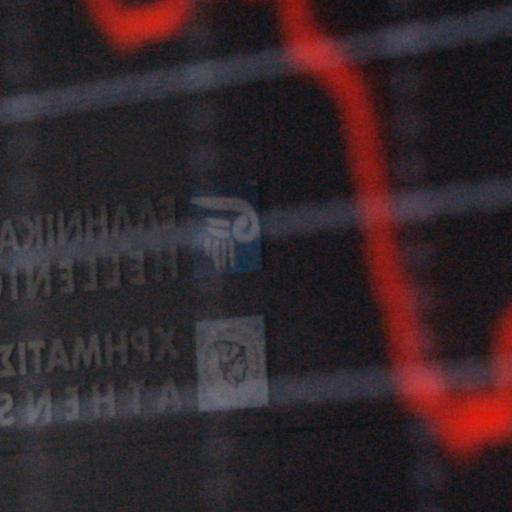There is a plethora of empirical works dealing with this issue especially in developed countries. For the US, Fischer & Morton (1984), Barro (1990), Fama (1990), Schwert (1990) have found that real stock returns can lead changes in real activity. Furthermore, Hassapis & Kalyvitis (2002), using Granger causality in a VAR framework, and Choi et al. (1999), using the bivariate out-of-sample prediction test of Ashley et al. (1980) (AGS) also found evidence of causality from US stock returns to US industrial production growth. Under the framework of a VAR analysis, Lee (1992) and Rapach (2001) found a significant positive relation between stock returns and real activity in US. Nasseh & Strauss (2000), using a VECM, found significant long run relationships between stock prices and industrial production in five European countries, including the UK. Other studies in that field are Asprem (1989) and Estrella & Mishkin (1998). Although, the main interest is focused on developed countries, a study which examines this issue in developed as well as developing countries is that of Mauro (2003). He states that stock market developments should be taken into account in forecasting output, in both developed and developing countries. However, all these studies have not tested if volatility in one sector can be imported to the other. Most importantly, they have not taken into account any possible asymmetries in the volatility transmission mechanism between stock market and real economic activity.
In this work, we attempt to examine the short run dynamic relationships between stock market and real activity for the UK and the US. Specifically, we investigate whether volatility of one sector can be transmitted to the other sector. The analysis of volatility spillovers between the stock market and real activity entails important economic and policy implications. Given that price stability and financial stability are highly complementary objectives, the question for policy makers is whether they should concern about stock market volatility. Bernanke & Gertler (2000) argue that monetary authorities should concern about asset price volatility if this is caused by “nonfundamental” factors. This is because “nonfundamental” financial instability can be seen as an independent source of real activity instability.
Moreover, we look for potential asymmetries in the volatility transmission mechanism between the two sectors, within an economy. We explicitly test whether a negative shock in one sector (for example, stock market) has exactly the same impact on the other sector (for example, real economy) with a positive shock. To capture this kind of asymmetry we estimate bivariate EGARCH (p,q) models. There are an adequate number of empirical studies which find that conditional volatility responds asymmetrically to innovations (good or bad news). For example, Koutmos & Booth (1995), Koutmos (1996) and Kanas (1998), find significant asymmetric spillover effects between international stock markets. The evidence in favor of asymmetric volatility spillovers sheds light on the selection of the appropriate monetary policy that should be applied. For example, evidence of asymmetry would imply that bad news (falling stock returns) exports more volatility to the real activity sector than good news (increasing stock returns). This means that policy makers should apply this monetary policy framework suitable for protecting real economic activity from unexpected stock market shocks in periods of financial instability.
To preview our results, we find significant bi-directional volatility spillovers between stock market and real activity for both countries. The results imply that the interdependence between the two sectors is stronger in UK rather than in US. Furthermore, asymmetric volatility spillovers effects are found only in the case of UK. Finally, the volatility transmission mechanism from stock market to real activity works out via the balance sheet channel.







